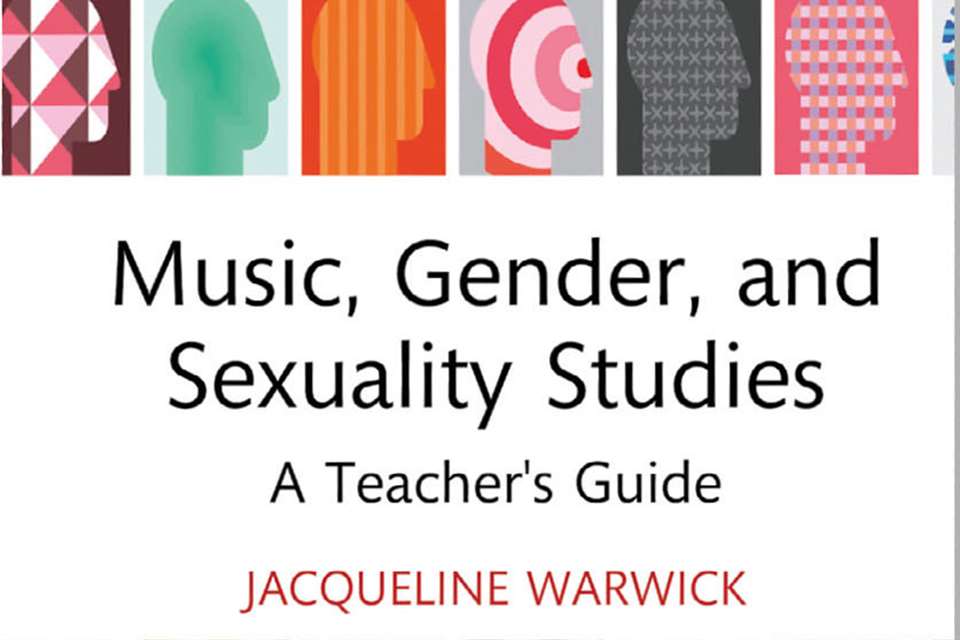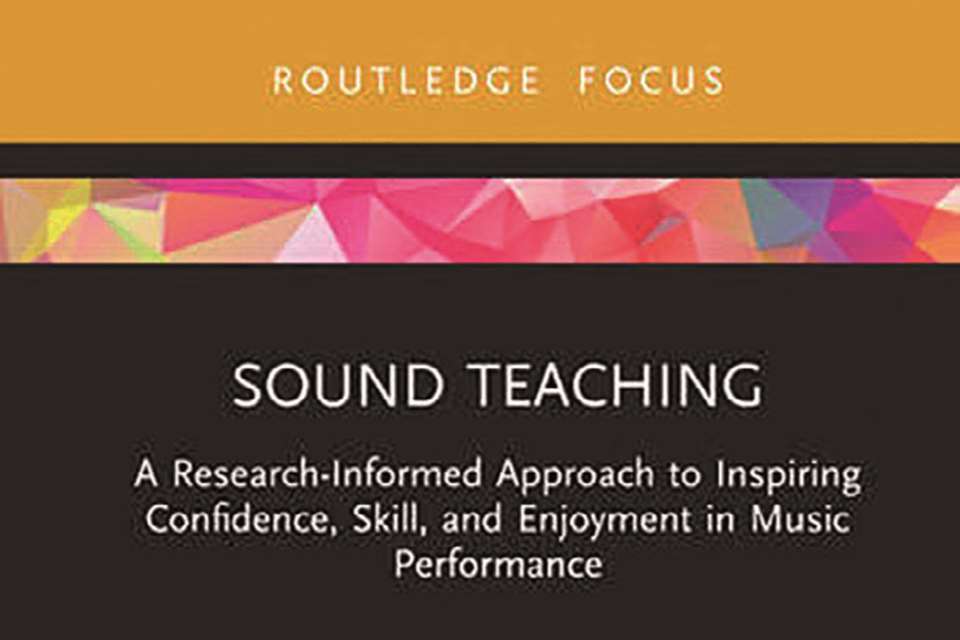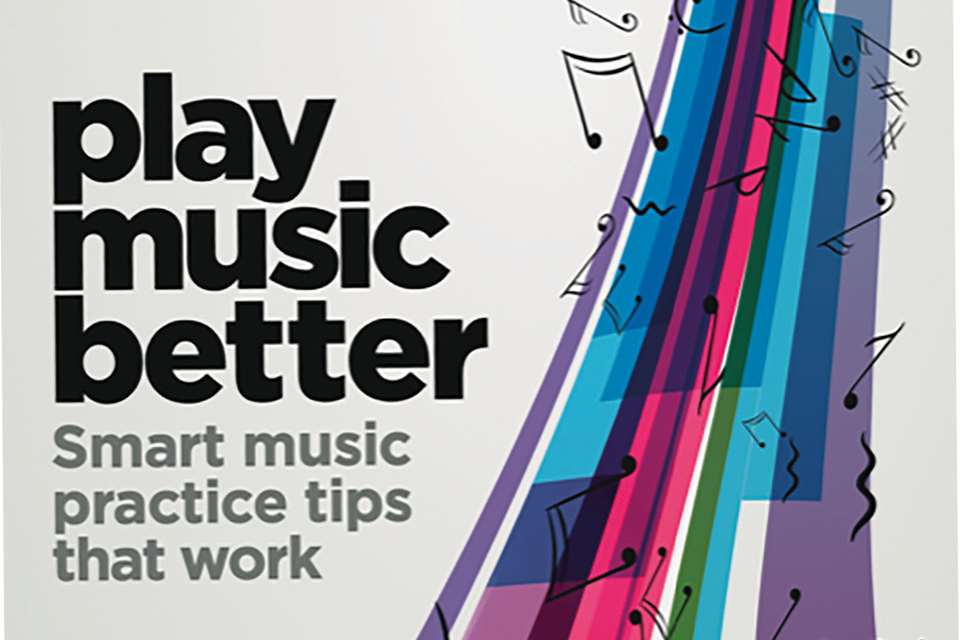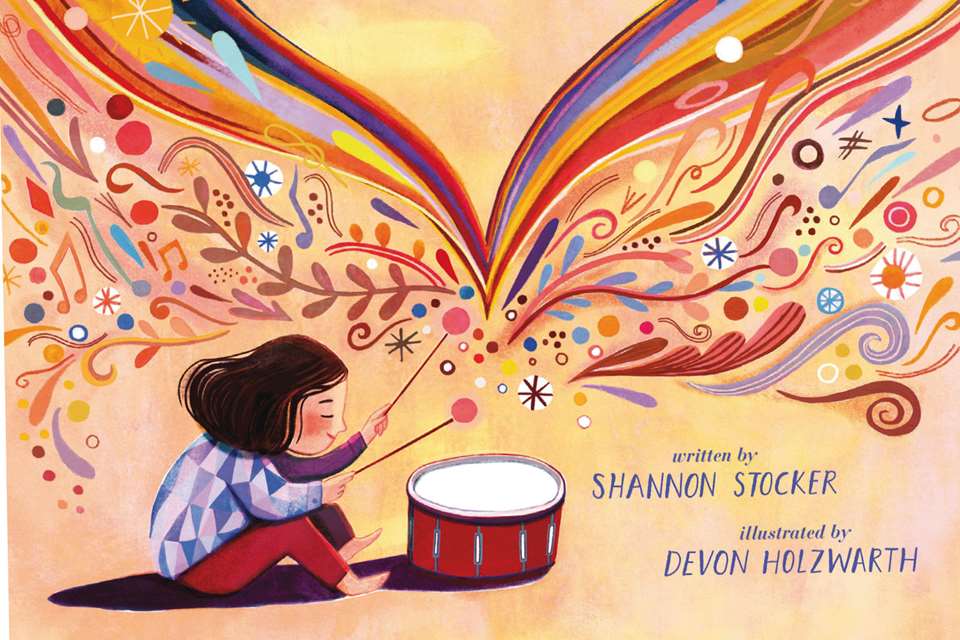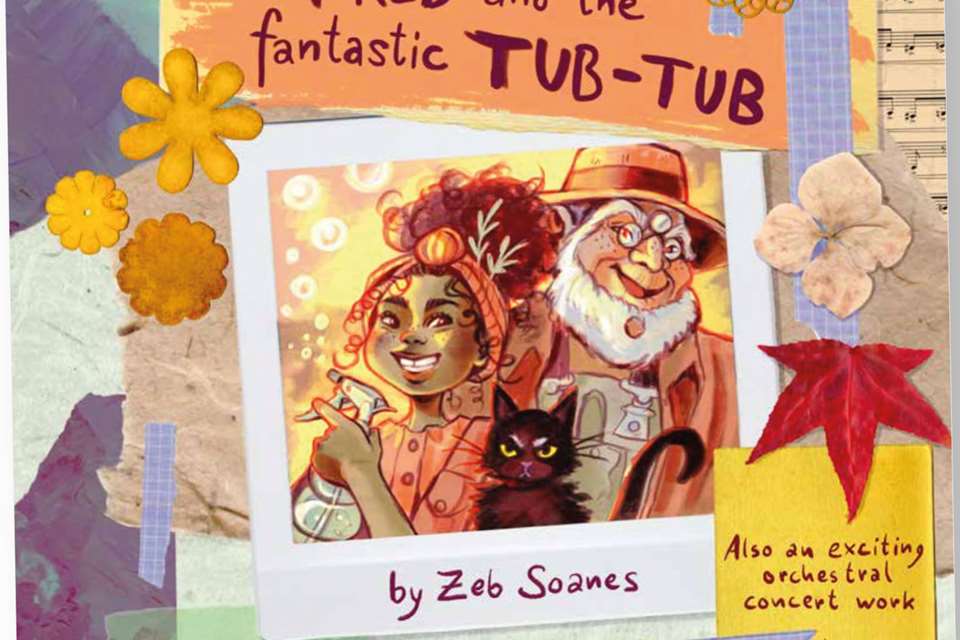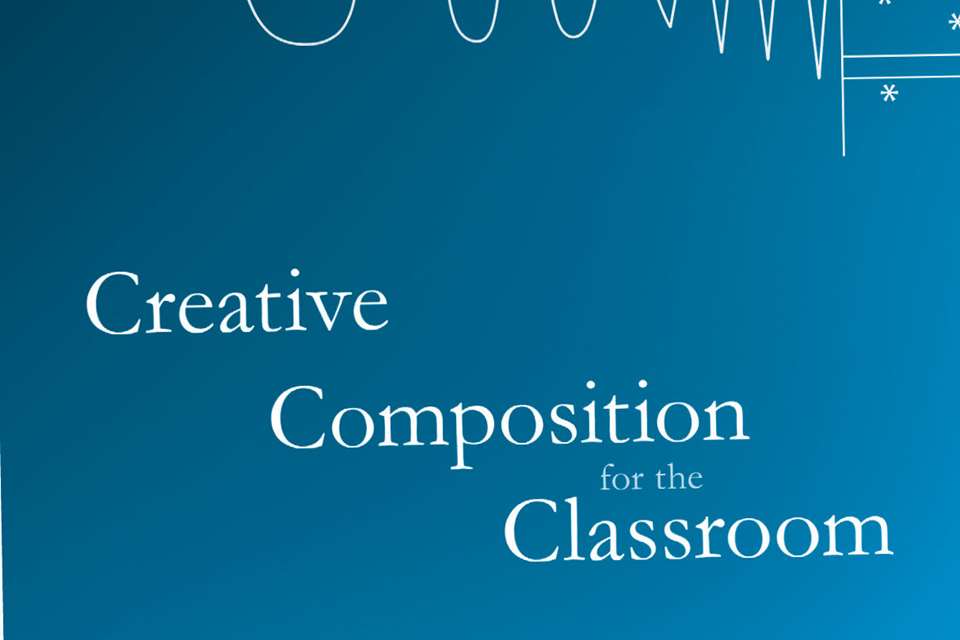Book Reviews: Musical Doodles
David Ashworth
Thursday, December 1, 2022
David Ashworth takes a look at Paul Harris' Musical Doodles book on composition for young musicians.

The aims of this book are admirable; to provide young aspiring musicians with opportunities for doodling with notation and to embrace invention in a space free from the constraints and parameters one associates with standard approaches to formal musical composition. The author is honest about what the book is not intended to do. It won't help improve your understanding of musical theory and it won't teach you how to read music or how to improvise (although the activities in this book may well help in these areas of music making).
He is clear as to who the book is intended for – it is for anyone who wants to create music, particularly those who ‘would like to have a go at writing music down’, which is where the first problems arise. It may be intended for anyone, but it is not going to appeal to everyone. So, let's try and whittle things down and work out those who are going to get the most from this book. It is unlikely to be secondary school age children or adults. Most will say that being asked to write music inspired by grannies bouncing on trampolines is probably not for them. The general tone of the graphics, activities and language indicates that this is a book for young children.
But we know that most primary schools do not work with a music curriculum that engages significantly with standard music notation. Primary school teachers who are comfortable with music notation are rare. So, I think this is a book that would work best for instrumental teachers working with young children, either in whole class teaching sessions or private lessons.
I'll now address the second problem area for this book before going on to celebrate the positives. On the back cover, we are told to ‘have fun!’ – no problem with that, but when Harris also says that ‘there are no rules’, alarm bells ring. Inside the book, we are told that there are no rules here, which is truthful, but not that helpful because all music in all cultures has rules. Perhaps ‘rules’ is not the right word, so let's say that all musics have conventions, characteristics and features that help to distinguish them. We are all enculturated, implicitly and explicitly, to recognise and accept these conventions – and this includes young children. If you ignore these distinguishing features, you are unlikely to create anything that has a musical coherence. Think of monkeys tapping on typewriters. Why is this a problem? It's a problem because even young students know when a string of notes constitutes something that they accept to be musical, so they are unlikely to feel a sense of achievement or success with \nefforts that do not correspond with music as they know it.
Now, in the hands of a competent teacher, these problems can be addressed, and worthwhile results can be achieved, but these teachers are going to have to accept that they will need to put the work in. The rudiments of music – key signatures, time signatures, note values, articulation and so on – are not adequately covered in this volume, so teachers will also need to support and supplement as and when required.
The layout of this book is appealing with fun graphics and well written text, but I do have some concerns regarding the blank staves provided for students to write on. They are hand drawn, which is in keeping with the graphic aesthetic of the book, but they are not the easiest for young people to write on and then play from. The lines are a bit wobbly, the spacing is uneven, and the lines are also rather thick and closely spaced. Having the staves sometimes presented as sweeping curves or zig zags compounds the problem. Young hands require staves with wider spacing and thin lines so that the notes they write on them (usually with pencil to allow for rubbing out) will show clearly.
Having said all this, most of the ideas for activities are good – really good. Instrumental teachers who are looking for extra-curricular activity that goes beyond exam preparation will find things of value here that they can use and adapt for their students. As an individual workbook for students to use, this slim volume is probably a bit expensive, but as a teaching resource where students are provided with suitable blank notation booklets, it has a future.
One final thought: this approach and some of the activities would make the basis for producing an excellent app for mobile devices. This would make the writing and reading of student's notated \nefforts much easier, and an instant playback facility would help students in refining and editing their work.
In summary, Musical Doodles is a book with good intentions which, used with care and sensitivity, could be of benefit for instrumental teachers.


